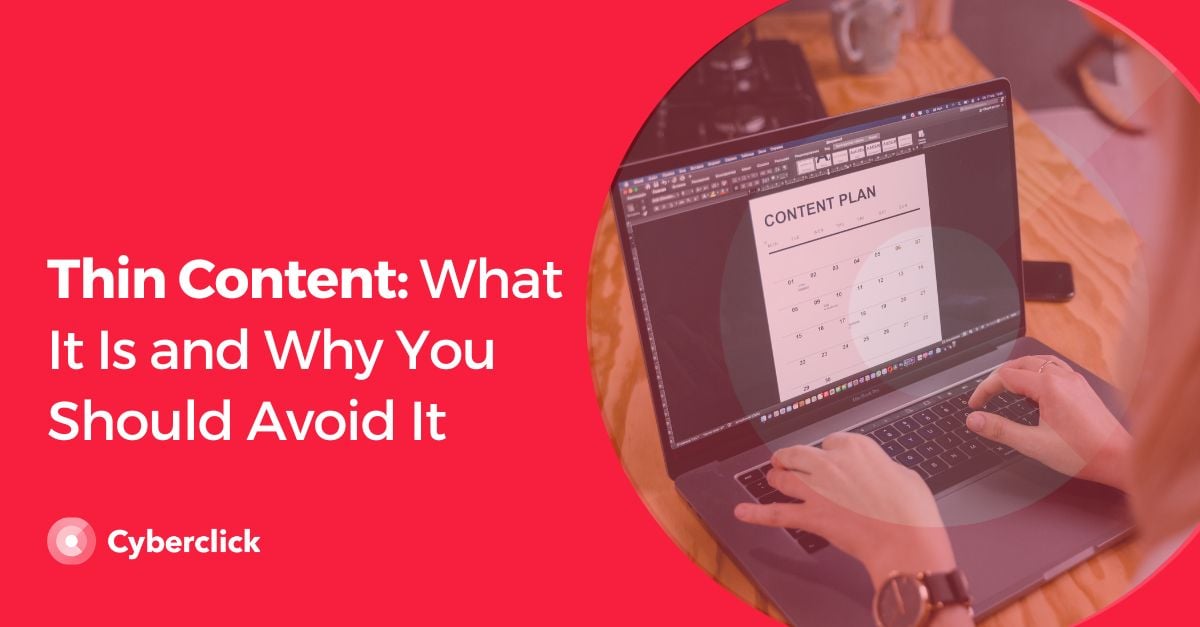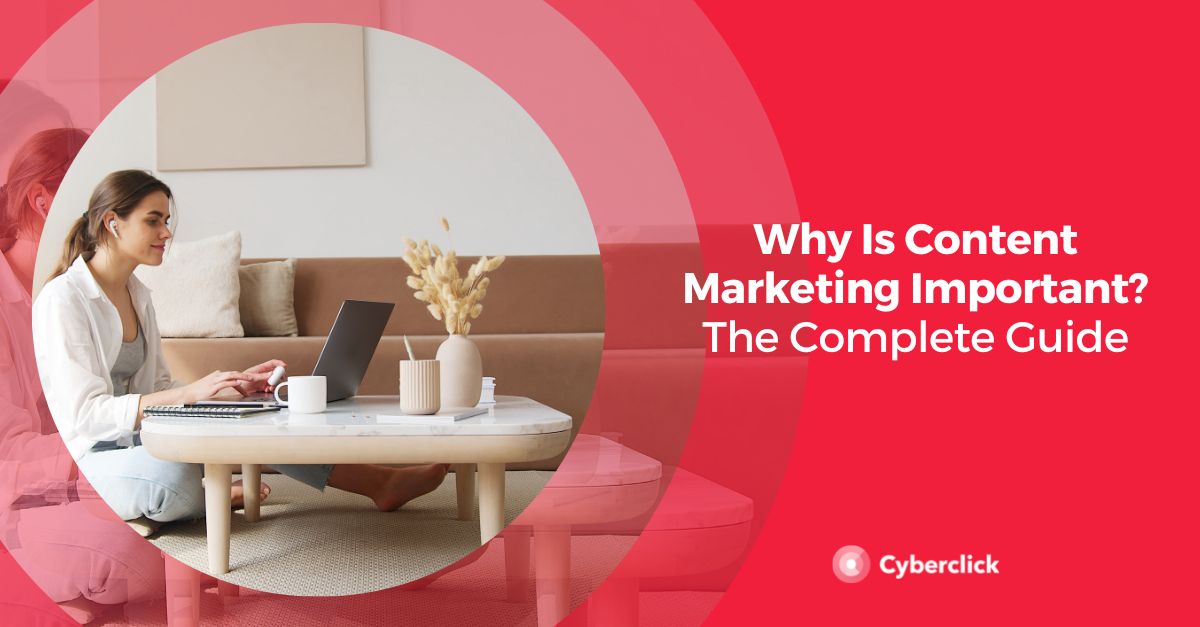In order to improve the SEO positioning of your website, it is important that the content you create is of interest and includes relevant keywords. However, many websites carry out content marketing strategies that abuse keywords and end up creating content that is not very relevant. This, in turn ends, up hurting their position in search engines. Below, we want to give you some tips so that you do not inadvertently publish so-called thin content or low quality content.

What Is Thin Content?
Thin content, low quality content, or poor content is a type of web content that does not bring value to users. This may be because it does not contain anything different or new or because it does not help people by providing the information that they were looking for.
Extremely short texts that don't have a sufficient amount of information are usually qualified as thin content (although this isn't always the case), as well as those that don't include internal links, images or structure to the text.
For example, although 300 words is the minimum length that, according to Google, signifies thin content, this is only an approximation. Content with fewer words can rank if it offers satisfactory information. This would be the case for ecommerce product sheets, for instance.
In short, the number of words is not the only indicator to be taken into account to qualify content as thin or not.
How to Detect Thin Content
If you want to check if any of your published content can be considered thin, you can use tools designed to detect plagiarism. These will analyze your page according to different parameters and tell you what you can improve.
We advise you not to let too much time pass before you perform this analysis, because the sooner you detect possible low-quality content, the less consequences there will be for your website.
Types of Thin Content
Knowing the different types of thin content will help you to detect if you have any of it on your website.
Plagiarized or Duplicated Content
This is content that does not provide important or different information compared with what already exists. This means that Google does not recognize it and search engines penalize it. In addition to plagiarized or duplicate content, translations that do not refer to the original content fall into this category.
Automatic or Auto-Generated Content
Content generated with Artificial Intelligence or text generation tools. In addition to the fact that Google penalizes these texts, they also have the problem that they may contain spelling and syntax errors.
Shallow Content
There are website owners and content creators who, in order to position a page, quickly create content around a keyword that they believe will rank well. This kind of content lacks depth and originality and is therefore penalized by Google.
Content Full of Ads
Pages that only contain ads or CTAs (calls to action) are also considered low quality content, as well as those with ads that cover the text.
This is not to say that any ad you include on your page will harm your positioning (it won't), but to avoid Google penalties, make sure that it is secondary to the content and does not hinder viewing.
Doorway Pages
These are pages that present a keyword or many keywords with the aim of positioning, but that do not really provide value to the user. These types of pages often try to redirect the user to another page and can be littered with links. Crucially they do not provide the user with any valuable content or informatio.
Why Is Thin Content Bad for SEO Positioning?
Google has already warned everyone multiple times that it pursues low-quality content with the aim of eliminating the pages that contain it. Its way of eliminating them is to lower their search engine rankings, deindex them, or ban them. Therefore, if you are producing thin content and do not change your content marketing strategy, you will end up being invisible on Google and won't connect with your target audience.
In addition, low quality content will not only affect the pages that feature it, but your entire website, causing your whole domain to suffer in terms of positioning.
Tips Avoid Thin Content
Create Original Content
This is the best way to make sure you never fall into thin content. If you create your own content and answer the questions your target audience is looking for, your content will be a winner. This will not only improve your positioning, but will also help you gain authority among users.
Create Useful, Valuable Content
No matter how much original content you create, if you don't offer the public useful, high quality information, you won't get their attention. Therefore, combining unique, useful, and well-written content is the winning combination. Of course, don't forget to make your content direct, easy to read, and clear. Otherwise your audience will not continue to visit your website.
Rewrite and Expand Content
If you think there is content on your website that you can improve, don't be afraid to retouch, rewrite, update, or expand it. Keep in mind, long texts of more than 1,000 words often appear in the first positions.
Eliminate What’s Not Necessary
Sometimes it is not worth rewriting a text and the best thing for your page is for it to disappear. We advise you to de-index it or do a 301 redirect to prevent the organic positioning of your whole website from sinking in search engine rankings.
Pay Attention to Your Content Design
Believe it or not, factors such as the structure of a text, the font, and the formats of images or videos will also help Google not consider your website a low quality page. In the end, it all adds up.
Responsable de la estrategia de contenidos y visibilidad en Cyberclick, con enfoque Allbound y especialización en posicionamiento SEO, GEO y automatización con IA. Gestión avanzada del CRM con HubSpot: base de datos, workflows, lead nurturing, scoring y reporting. Experiencia en marketing digital, comunicación corporativa y periodismo, uniendo estrategia, creatividad y tecnología para captar y convertir leads cualificados.
Responsible for content and brand visibility strategy at Cyberclick, with an Allbound approach and specialization in SEO, GEO (Generative Engine Optimization), and AI-powered automation. Advanced HubSpot CRM management: database segmentation, workflows, lead nurturing, scoring, and reporting. Background in digital marketing, corporate communications, and journalism—combining strategy, creativity, and technology to attract and convert qualified leads.






Leave your comment and join the conversation